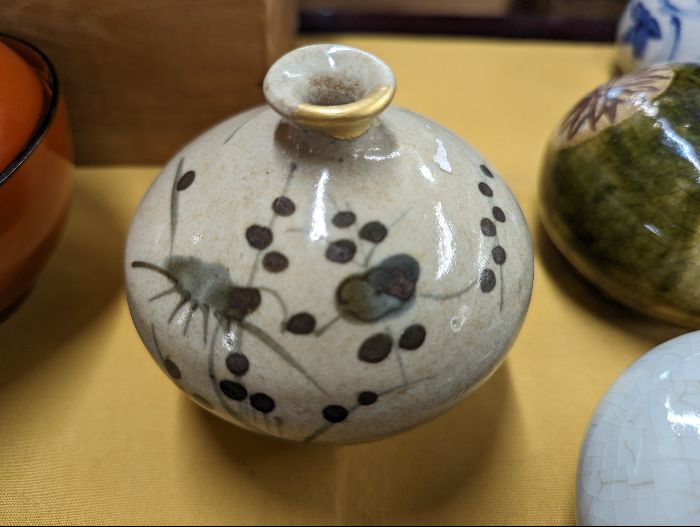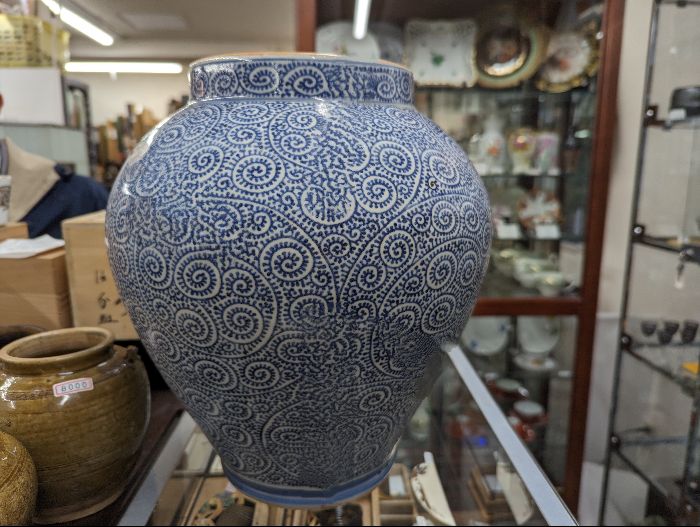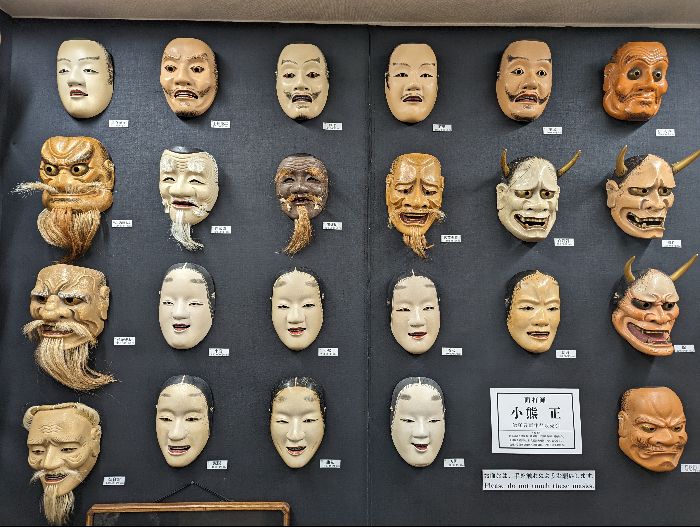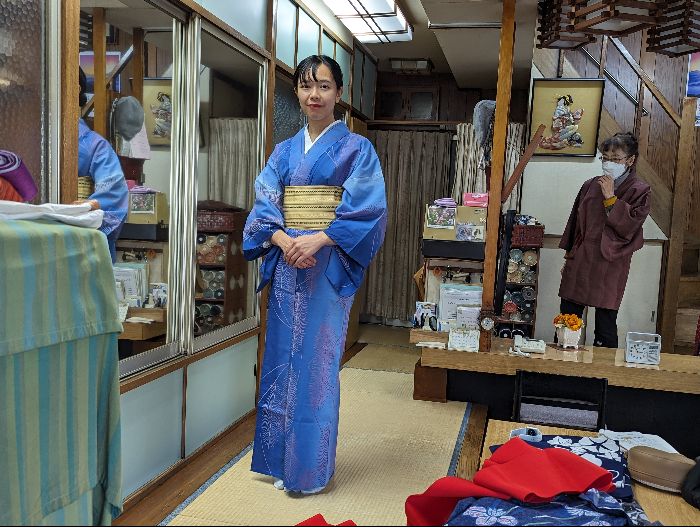What is expected to appear by beating a paved sidewalk or the ground?
The bird hakusekirei or white wagtail found on the sidewalk along Inokashira-street in NISHIOGI.
This bird is characterized by a unique walking style; it walks, violently shaking its tail feathers up and down, and the scene looks as if it beat a stone or the ground, so it’s also called “stone beater” or “ground beater.”
In haiku, wagtail is a seasonal word for autumn. A well-known haiku poet, Kobayashi Issa composed the following comical poem.
Sekirei ga tataitemitaru kabochakana, which can tentatively be translated as “A wagtail is beating a pumpkin to check whether it is ripe enough.”
People often beat a watermelon with a hand to make sure that it becomes ripe: Issa must have got the same image, looking at a wagtail’s performance in that it had been checking the ripeness of the pumpkin with the tail feathers’ violent shaking.
石叩きの名手
この舗装された歩道や街路樹用の地面などを叩いて何がでてくるのだろうか?
井ノ頭通りに沿った西荻の歩道で出会ったハクセキレイ。
この鳥は、尾羽を上下に振りながら歩き、石や地面を叩くように見えることから「石叩き」とか「地叩き」とも呼ばれる。
俳句の世界では、「鶺鴒(せきれい)」は秋の季語とされ、小林一茶に次のようなユーモラスな句があります(南瓜のほうが秋の主季語)。
「鶺鴒がたたいて見たる南瓜かな」
人がスイカを手で叩いてその熟し具合を調べるように、鶺鴒が南瓜を尾羽で叩いて熟しているかどうか調べている、と一茶は感じたのではないでしょうか。





